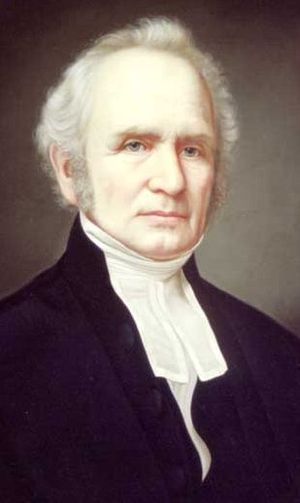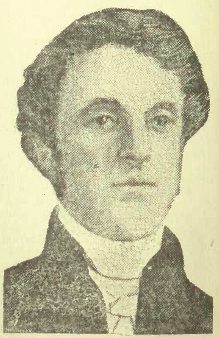Upper Canada
Upper Canada was a British colony located in what is now the southern portion of the province of Ontario in Canada. It was established in 1791 by the Constitutional Act 1791, which divided the Province of Quebec into Upper Canada and Lower Canada. Upper Canada existed from 1791 to 1841, when it was merged with Lower Canada to form the Province of Canada.
History
Upper Canada was created to provide a distinct government for the English-speaking settlers in the western part of the Province of Quebec. The division was intended to accommodate the influx of United Empire Loyalists who had fled the Thirteen Colonies during and after the American Revolutionary War. The capital of Upper Canada was initially Newark (now Niagara-on-the-Lake), but it was moved to York (now Toronto) in 1796.
Governance
The government of Upper Canada was modeled on the British system, with a Lieutenant Governor appointed by the British Crown, an appointed Legislative Council, and an elected Legislative Assembly. The first Lieutenant Governor was John Graves Simcoe, who played a significant role in the early development of the colony.
Economy
The economy of Upper Canada was primarily based on agriculture, with settlers growing crops such as wheat, barley, and corn. The colony also developed a timber industry, which became an important part of its economy. The construction of the Welland Canal and other transportation infrastructure facilitated trade and commerce within the colony and with neighboring regions.
Conflicts and Rebellions
Upper Canada experienced several conflicts and rebellions during its existence. The most notable was the Rebellion of 1837, led by William Lyon Mackenzie. The rebellion was a response to grievances over political reform and the control of the government by a small group of elites known as the Family Compact. Although the rebellion was ultimately unsuccessful, it led to significant political changes and the eventual unification of Upper and Lower Canada.
Unification
In 1841, Upper Canada was merged with Lower Canada to form the Province of Canada as a result of the Act of Union 1840. This unification was intended to address the political and administrative issues that had arisen in both colonies and to create a more stable and unified government.
Legacy
The legacy of Upper Canada can still be seen in modern Ontario, particularly in its legal and political institutions. The term "Upper Canada" is also used in various historical and cultural contexts to refer to the early period of Ontario's history.
Related Pages
- Lower Canada
- Province of Canada (1841–1867)
- Constitutional Act 1791
- John Graves Simcoe
- Rebellions of 1837–1838
- Family Compact
- Welland Canal
- United Empire Loyalists
This article is a Canadian history stub. You can help WikiMD by expanding it!
Transform your life with W8MD's budget GLP-1 injections from $125.
W8MD offers a medical weight loss program to lose weight in Philadelphia. Our physician-supervised medical weight loss provides:
- Most insurances accepted or discounted self-pay rates. We will obtain insurance prior authorizations if needed.
- Generic GLP1 weight loss injections from $125 for the starting dose.
- Also offer prescription weight loss medications including Phentermine, Qsymia, Diethylpropion, Contrave etc.
NYC weight loss doctor appointments
Start your NYC weight loss journey today at our NYC medical weight loss and Philadelphia medical weight loss clinics.
- Call 718-946-5500 to lose weight in NYC or for medical weight loss in Philadelphia 215-676-2334.
- Tags:NYC medical weight loss, Philadelphia lose weight Zepbound NYC, Budget GLP1 weight loss injections, Wegovy Philadelphia, Wegovy NYC, Philadelphia medical weight loss, Brookly weight loss and Wegovy NYC
|
WikiMD's Wellness Encyclopedia |
| Let Food Be Thy Medicine Medicine Thy Food - Hippocrates |
Medical Disclaimer: WikiMD is not a substitute for professional medical advice. The information on WikiMD is provided as an information resource only, may be incorrect, outdated or misleading, and is not to be used or relied on for any diagnostic or treatment purposes. Please consult your health care provider before making any healthcare decisions or for guidance about a specific medical condition. WikiMD expressly disclaims responsibility, and shall have no liability, for any damages, loss, injury, or liability whatsoever suffered as a result of your reliance on the information contained in this site. By visiting this site you agree to the foregoing terms and conditions, which may from time to time be changed or supplemented by WikiMD. If you do not agree to the foregoing terms and conditions, you should not enter or use this site. See full disclaimer.
Credits:Most images are courtesy of Wikimedia commons, and templates, categories Wikipedia, licensed under CC BY SA or similar.
Contributors: Prab R. Tumpati, MD







